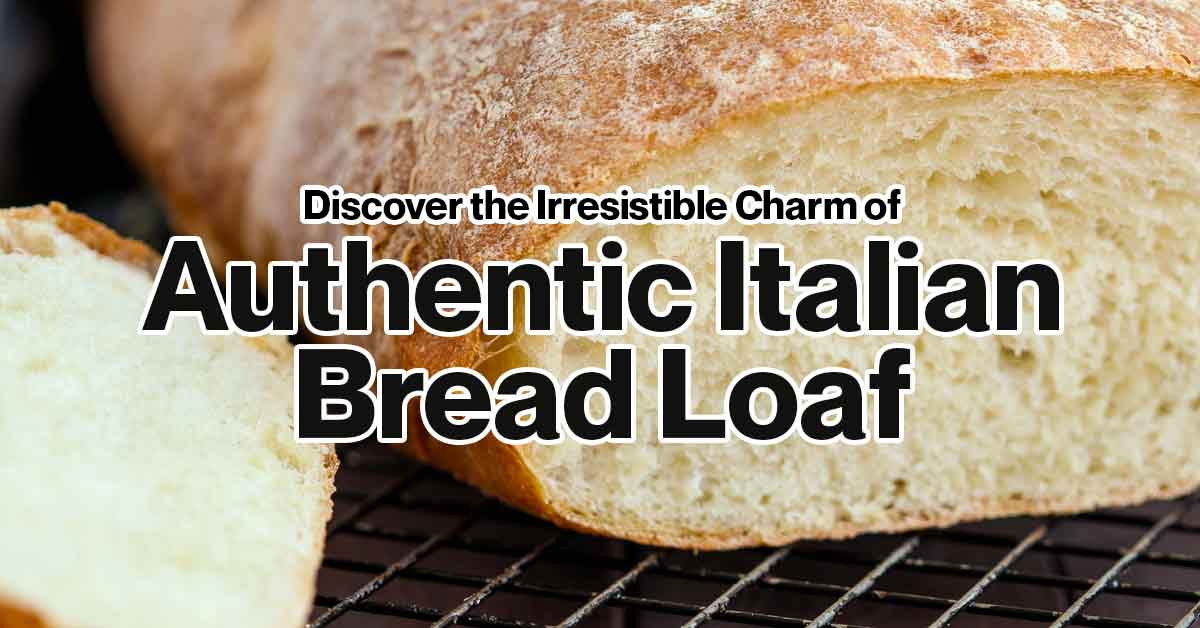
There is something deeply comforting about the aroma of freshly baked bread. It’s not just food—it’s a sensation. A connection. A cozy, crusty hug for your senses. And if you’ve ever experienced the bliss of biting into a genuine Italian bread loaf, you know precisely what we’re talking about.
Here at Zeroin Academy, where we value cuisine just as much as the art of storytelling, we pride ourselves on curating experiences that bring tradition and taste together. Whether you’re exploring rich regional flavors through our immersive cooking sessions or joining one of our popular cake baking classes in chennai, every dish tells a story—and every story is delicious.
A Taste of Time: Bread as Italy’s Culinary Soul
Italy’s passion for bread goes way back to the Romans, a good many centuries before pizza and pasta became king. From snow-covered Alps to sun-kissed beaches in Sicily, there is a region in Italy with its own distinct bread. Yet there’s something that everybody in Italy likes about the plain old rustic loaf—unassuming, straightforward, and constructed upon just four major ingredients: flour, water, salt, and yeast.
No tricks. No tricks. Only tried-and-true methods, patience, and an awful lot of love.
What Makes It “Authentic”?
Italian bread is not only authentic in its ingredients, but also in the devotion with which it is prepared. Proper Italian bread is fermented at a slow rate, giving the natural yeast ample time to work its magic. This produces a chewy, flavorful crumb and a crackling crust that bursts when you rip it asunder.
True Italian bread isn’t filled with preservatives or sugar. It doesn’t require those things. The slow fermentation process releases depths of flavor that are earthy, nutty, and slightly tangy. It’s the kind of bread that you can eat plain, still warm, and feel utterly content.
Meet the Loaves: A Few Italian Favorites
Let’s take a quick tour of some Italian bread icons. Chances are, you’ve met a few of them already.
- Pane Toscano – Soft and not salty, this Tuscan classic allows the taste of your toppings to come through. Great with olive oil or cured meats.
- Ciabatta – You know it—the slipper-shaped bread with a crispy outside and airy holes within. Great for sandwiches or bruschetta.
- Pane Casereccio – “Homemade-style,” as it is known for its informal appearance and subtle tanginess. The grandmothers’ and Sunday lunch bread.
- Altamura Bread – Produced with durum wheat in Puglia, this bread is deep yellow in color and features a crust so thick it virtually armors the soft interior.
- Every loaf is a story—a story of region, climate, tradition, and the hands that knead.
A Ritual, Not a Recipe
Learning to make Italian bread is a bit like learning to dance. You can read all the steps, but you don’t feel the rhythm until your hands are in the dough.
At Zeroin Academy, when we teach our students the art of Italian bread, we focus on intuition over precision. Feel the elasticity. Smell the fermentation. Listen to the crackle of the crust as it cools.
There’s beauty in the imperfection of handmade bread. No two loaves are ever exactly the same, and that’s the point. Each is a little labor of love, infused with the mood and spirit of the person who made it.
Bread That Brings People Together
Bread in Italy is not just food. It’s on the table, in the conversation, and at the laughter. It’s passed around as an appetizer before the meal, wiped along the rim of a bowl to gather up the very last of the sauce (a cherished act known as “la scarpetta”), and offered generously to friends, neighbors, and even unexpected visitors.
This sense of community is what we attempt to knead into all that we do at Zeroin Academy. Whether it’s in a cooking class or at a family-style meal, bread teaches us to slow down, to savor, and to connect.
Try It Yourself: A Simple Invitation
You don’t need to be a professional baker to make authentic Italian bread at home. You just need a bit of patience and curiosity.
Here’s a mini version of our classroom mantra:
- Use high-quality flour (00 or bread flour works wonders)
- Let your dough rest—don’t rush the rise
- Bake in a hot oven with steam to get that golden, crunchy crust
- Enjoy it fresh, with a drizzle of olive oil and a grateful heart
And most importantly—share it. Bread is best when broken with others.
Final Crumbs of Wisdom
The charm of authentic Italian bread isn’t just in its flavor. It’s in its story, its spirit, and its ability to nourish not just the body, but the soul. Whether you’re eating it in a tiny trattoria in Naples or baking it in your apartment kitchen, the experience is equally rich.
At Zeroin Academy, we think food is learning—and bread is its greatest teacher. It tells you about history, community, tradition, and thoughtfulness.
So go ahead. Rip off a piece. Close your eyes. And taste a little slice of Italy.
Interested in learning how to bake it yourself from scratch? Look out for our upcoming hands-on workshops at Zeroin Academy—where we transform flour into tales, and students into bakers.
